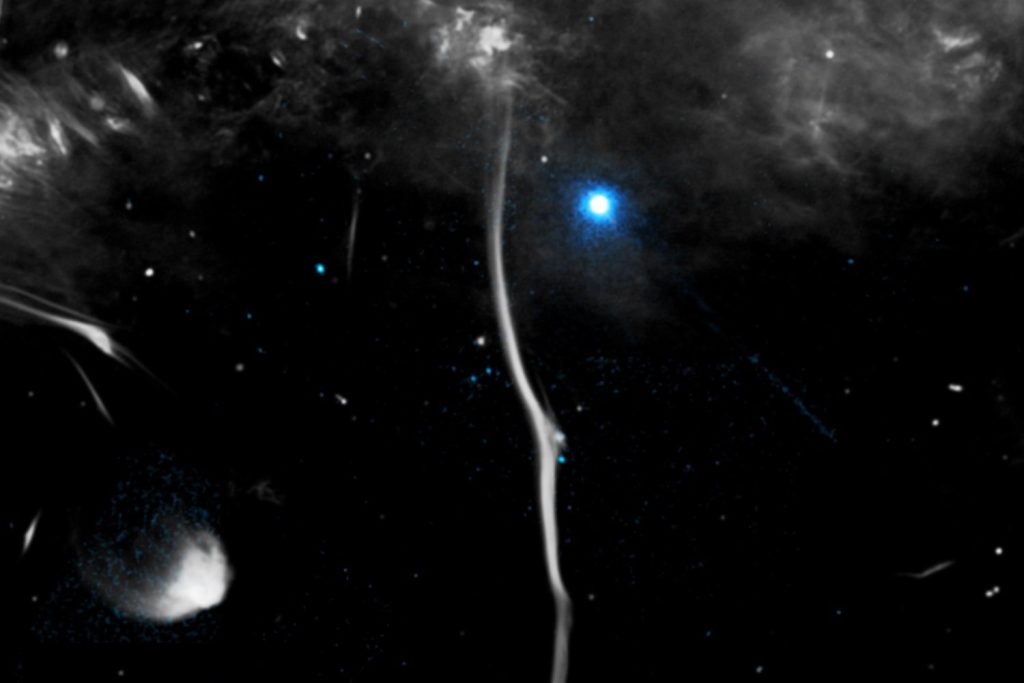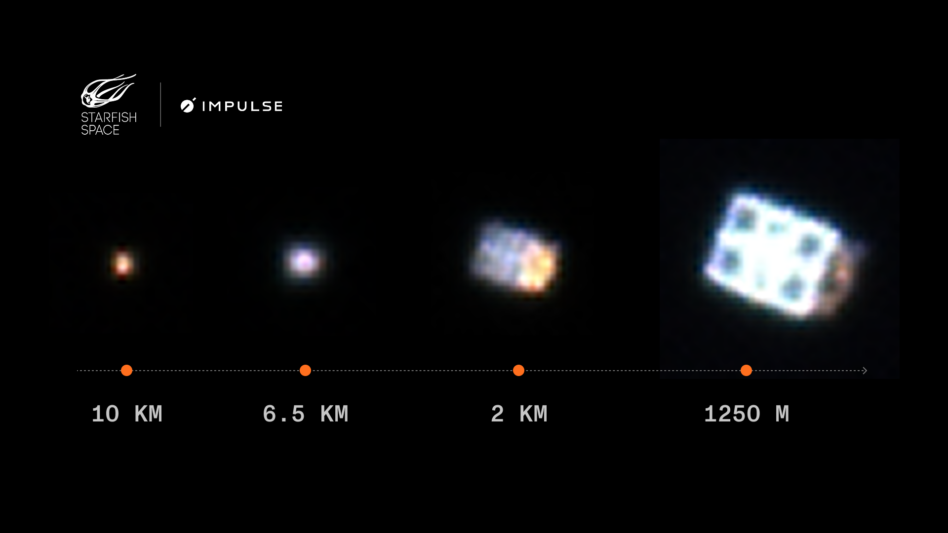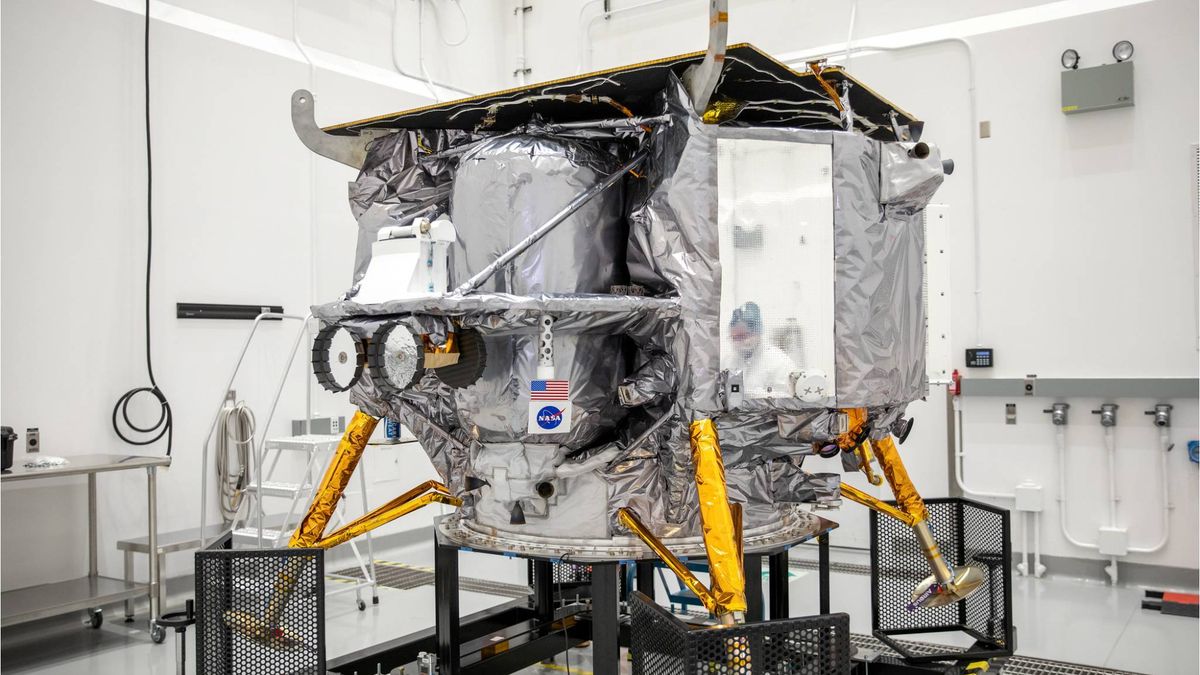A rogue pulsar has disrupted the structure of the Milky Way by impacting its core.

Rogue Pulsar Snaps Galactic Bone in Milky Way’s Spine (Image Credit: Gizmodo-com)
A galactic filament that stretches across 230 light-years in the Milky Way has suffered from a strange kink that has distorted its magnetic field, appearing as a fracture in a massive bone. New X-ray images captured by the Chandra Observatory may have finally helped astronomers diagnose its ailment, naming a fast-spinning neutron star as the culprit.
The center of the galaxy is marked by enormous, bone-like structures threaded with parallel magnetic fields and swirling, high-energy particles. Located roughly 26,000 light-years from Earth, G359.13—also known as The Snake—is the longest and brightest of these structures. Despite its size, the bone-like structure appears to have been struck by a fast-moving, rapidly spinning neutron star, or pulsar, causing a break in the otherwise continuous length of G359.13, according to a new paper published in the May 2024 issue of the Monthly Notices of the Royal Astronomical Society.

Using images of the galactic bone captured by NASA’s Chandra X-ray Observatory and radio data from the MeerKAT radio array in South Africa, the team behind the paper was able to examine the fracture up close to identify the culprit. The particles that make up the Snake, and other galactic filaments, emit radio waves, which can be detected by arrays such as MeerKAT.
The images fittingly resemble medical X-rays of a long, thin bone with a fracture in the center. By examining the images, the astronomers discovered an X-ray and radio source at the location of the fracture, which may come from electrons and positrons (the antimatter counterparts to electrons) that have been accelerated to high energies due to a pulsar smashing into them. The pulsar can be seen in the image thanks to its X-ray emissions, which caused it to get caught red-handed in its hit and run.
Pulsars are the chaotic remains of stars, forming in the aftermath of the collapse and supernova explosion of a massive star. These explosions often send the pulsar flying at high speeds while rapidly rotating and beaming electromagnetic radiation. There’s a lot going on here, and the pulsar isn’t exactly watching where it’s going.
The researchers believe a speedy pulsar may have caused the fracture by smashing into G359.13 at speeds between one million and two million miles per hour. The likely collision distorted the magnetic field in the bone, which caused the radio signal to also become warped.
The Milky Way is full of violent encounters like this, and the busted filament is just the latest sign of the galaxy’s ongoing chaos. With tools like Chandra and MeerKAT, astronomers are continuing to catch these cosmic troublemakers in the act.









